1. Set Boundaries Like It’s a Real Trip
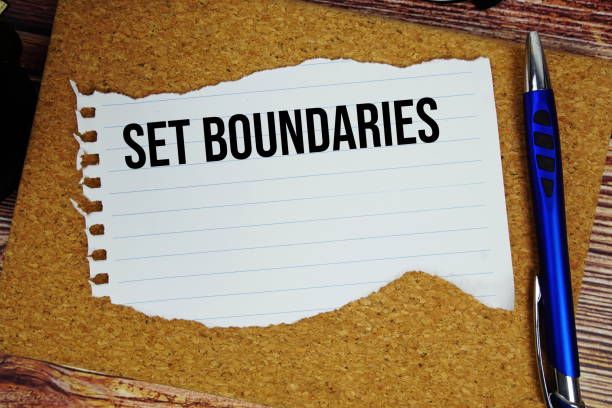
Out-of-office emails aren’t just for international travel. Let coworkers, friends, and family know you are “away,” even if you are not leaving town, to mimic the mental disconnect of a true vacation. The boundary is key: Silence your phone, turn off non-emergency notifications, and avoid checking work messages entirely. Research from the Journal of Occupational Health Psychology shows that the ability to psychologically detach from work during off-hours is a critical factor in reducing burnout and enhancing well-being. By maintaining clear limits, you make it easier to convince your brain that you are truly on holiday, allowing you to return to daily life with a greater sense of clarity and renewed energy.
2. The Power of a Real Break at Home

A staycation isn’t just about saving cash, it’s about granting yourself the same mental reset a faraway trip would, which is often lost to chores and errands on typical days off. According to studies on recovery experiences, the most beneficial breaks involve elements of control, mastery, and relaxation. Planning intentionally to fill your time with activities you genuinely enjoy, rather than tasks you should do, facilitates this restorative process. This focused, intentional use of time helps you escape the demands of daily life, creating space to fully rest, reset, and return to your routine with less stress and a more positive outlook.
3. Bring the Spa to You (And Mean It)
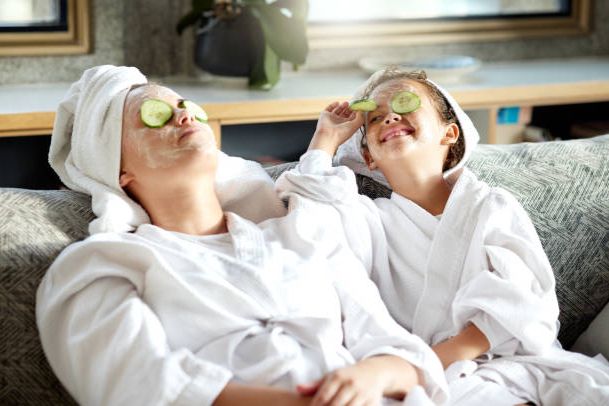
Transform your bathroom into a sanctuary to leverage the multi-sensory aspects of a relaxing spa day. Light scented candles, dim the lights, and put on a playlist of calming, low-tempo spa music. Use Epsom bath salts, essential oils like lavender or eucalyptus, and a sheet mask for a complete sensory reset. If budget allows, consider booking a mobile masseuse (typically ranging from $90–$120 per hour) and split the cost with a partner or friend. This focus on releasing physical body tension is central to real restoration, as chronic stress often manifests as muscle tightness, which a planned, intentional home spa day can help alleviate.
4. Upgrade Your Food Experience

Meals on vacation feel special because they are different, often involving novelty and zero prep stress. Replicate that feeling at home by focusing on indulgence and convenience. Order a high-quality meal kit (like Blue Apron or HelloFresh) for a few nights, which provides all the ingredients and removes the stressful element of meal planning. If you want to splurge, consider hiring a local chef for one evening (costing around $75–$100 per person when split among a few friends) to create a multi-course dinner. The absence of cooking and cleanup stress transforms dinner from a routine task into an indulgent, celebratory event, elevating the staycation feel.
5. Theme Nights That Feel Like Travel
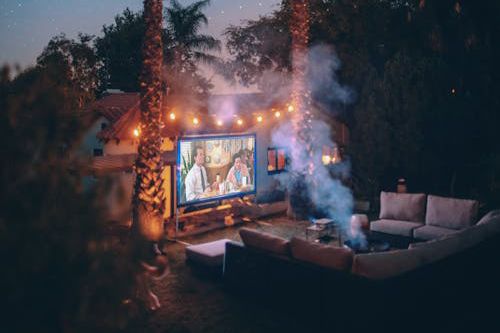
Trick your brain into vacation mode by dedicating an evening to an immersive “travel” experience in your living room or outdoor. Choose a destination, like “Paris Night” with crepes, a nice bottle of wine, and French cinema, or “Tokyo Night” with homemade sushi and an anime marathon. Decorating with simple props, playing the corresponding music, setting an outdoor movie date and trying a new recipe provides the novelty your brain craves when you are exploring a new country. This psychological distancing, achieved through environmental and sensory cues, is a powerful hack that provides the same engaging, curiosity-driven satisfaction as being far away.
6. Curate Your Environment for Rest
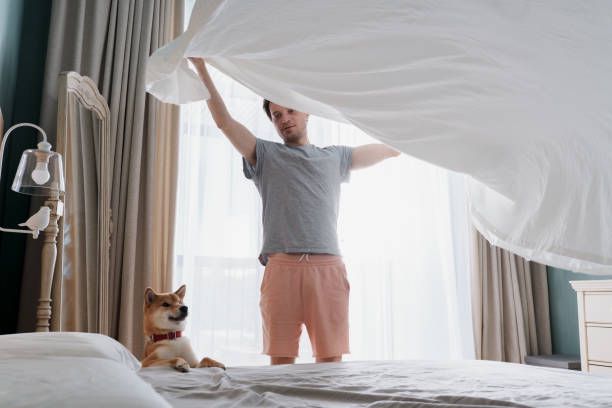
Your environment plays a significant role in signaling to your brain whether it’s time for work or time for rest. Transforming your immediate space can trick your mind into that “away from home” feeling. Change your sheets, purchase a fresh bouquet of flowers, or simply rearrange the furniture in your main living area. Even a small investment ($30–$50) on new, cozy items like candles, a soft throw, or cushions makes your home feel different enough to trigger the psychological shift associated with travel. This newness breaks the routine and helps you see your space through a fresh, vacationing perspective.
7. Sleep Like You’re at a Hotel
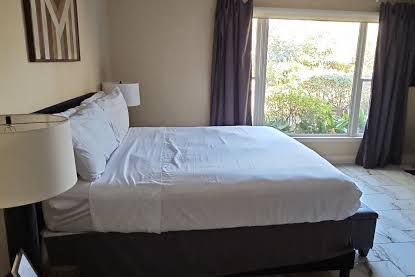
High-quality sleep is arguably the most restorative part of any trip, and you can easily replicate the hotel experience at home. Start by washing your sheets and making your bed with a few extra pillows, stacking them for that luxurious, resort-style effect. A simple linen spray with lavender ($10–$15) can enhance relaxation. According to the National Sleep Foundation, creating a dark, cool, and quiet environment is paramount, so consider investing in affordable blackout curtains (around $40) or a white noise machine ($25). By prioritizing and elevating your sleep environment, you automatically replicate one of the best and most impactful parts of vacationing.
8. Hire Wellness Professionals at Home

Replicate the specialized experience of a wellness retreat without leaving your neighbourhood. Book an hour with a local yoga teacher, meditation coach, or personal stylist, and share the cost with a few friends. Services typically range from $50–$200 per session, but splitting the expense keeps it affordable and provides a highly curated, expert-led experience. This allows you to gain the focused knowledge and benefit of a retreat, like learning new breathing techniques or getting a personalized style consultation, without the travel hassle, offering a tangible skill or sense of renewal to carry forward.
9. Plan Mini Day Trips Like a Tourist
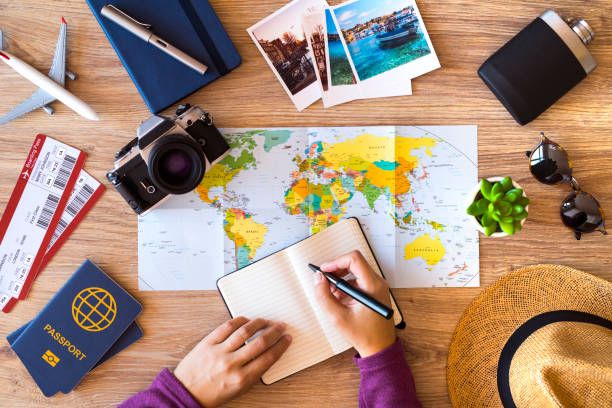
Break your routine and satisfy your brain’s desire for novelty by exploring nearby places you typically overlook. Use a platform like Google Maps to search for “quirky roadside attractions,” “local history museums,” or “scenic nature trails” within a 30-mile radius. Even spending just a few hours in a new, unfamiliar setting introduces enough psychological distance to feel like a break. This practice, known as micro-adventure, is proven to enhance creativity and well-being by forcing you to pay attention to your surroundings, which provides the same cognitive satisfaction as visiting a far-off destination.
10. Digital Detox Days
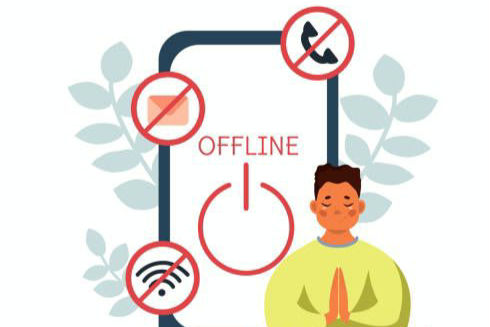
One of the cheapest and most effective staycation hacks is a full-day digital detox. Logging off for 24 hours can feel radical in today’s hyper-connected world, but the mental space it creates is truly transformative. Research published in the Computers in Human Behavior journal shows that a break from digital devices significantly reduces stress and anxiety. Replace screen time with engaging, tactile activities like reading a physical book, journaling, working on a complex puzzle, or simply sitting quietly. This absence of constant stimulation allows for deep mental rest, helping you return to your routine feeling calmer, clearer, and less overwhelmed.
11. Make Movement Enjoyable, Not a Chore
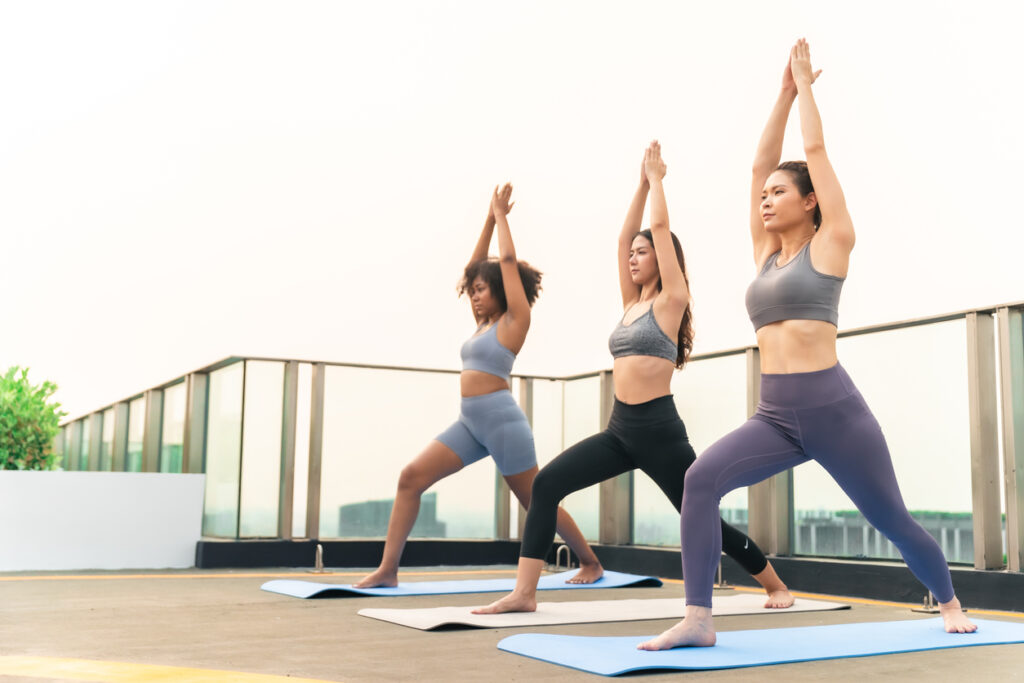
On a staycation, the goal is to skip the usual high-intensity gym grind and instead pick activities that feel adventurous and fun while providing physical movement. Instead of a treadmill run, try a novel activity like an introductory paddleboarding class (typically $30–$40 for a rental and lesson) or a beginner aerial yoga session. These activities feel less like exercise and more like exploration, providing the physical boost and endorphin release that usually comes from vacation explorations, such as hiking a scenic trail or swimming in a new ocean. This shift makes movement a source of joyful energy, not an obligation.
12. Invest in Hobbies You’ve Neglected

Travel often sparks creativity by exposing us to new stimuli, but dedicated time at home can do the same. Use your staycation to dive into hobbies you’ve put off, painting, learning a musical instrument, baking, or assembling a challenging puzzle. Investing a small amount, such as $20 for a new watercolour set or a bread-making kit, can provide hours of immersive joy. This “creative flow state,” where you are completely absorbed in a task, has been shown by positive psychology researchers to provide deep psychological renewal and satisfaction, delivering the same restorative benefits as being away.
13. Host a Wellness Dinner with Friends

Shift the focus of social gathering from loud parties to intentional nourishment and connection. Plan a meal where the focus is on cooking or ordering healthy, vibrant dishes, such as a colourful mezze platter or plant-based bowls. Serve herbal teas, sparkling water, or non-alcoholic mocktails, and make a collective decision to keep phones stored away. The combination of cooking together, mindful eating, and engaged conversation creates a deep emotional reset. This intentional, low-stress gathering fosters genuine connection, which is a powerful form of rejuvenation that lasts long after the dishes are cleared.
14. Redecorate One Small Space
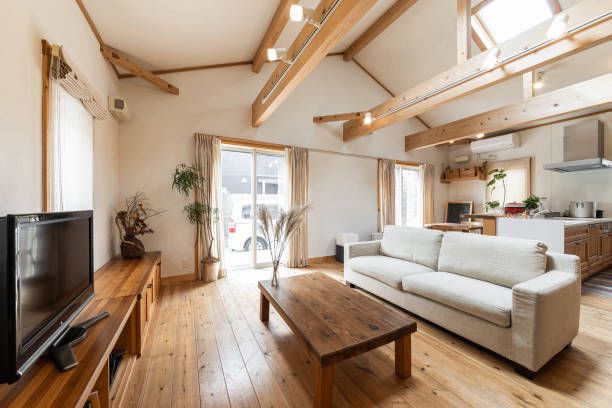
Part of the refreshment of a vacation comes from the new environment. Replicate that feeling by dedicating an hour to reworking just one corner of your home. This could involve creating a reading nook by adding a lamp and a comfortable chair, or simply swapping the art on one wall. Adding a few plants or moving furniture to a new orientation can dramatically shift the perspective of a room. Even a minor change, costing $30–$50, signals to your brain that something is new and different. When your staycation ends, you return to a space that feels refreshed, subtly extending the benefits of your break into everyday life.
15. Create a Ritual to Close Your Staycation
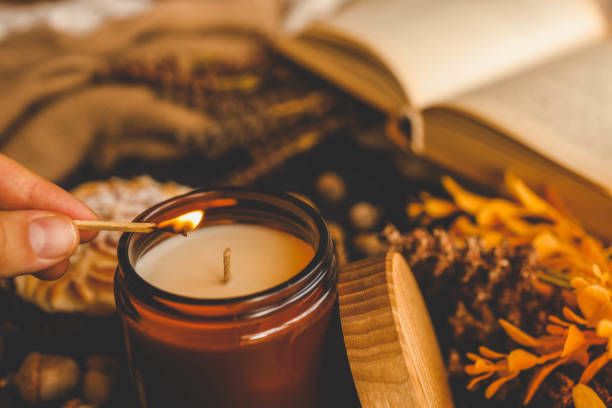
To maximize the long-term impact of your break, don’t let your time off simply fizzle out. End your staycation with a deliberate, memorable ritual that signals the transition back to routine. This could be a candlelit bath, journaling about your favourite staycation moments, or ordering your single favourite meal to enjoy in a state of quiet gratitude. This ritual acts as a cognitive marker, signaling to your brain that you have had a meaningful and complete break. This conscious closing helps you mentally “package” the experience, making it feel more impactful and ensuring you carry that rested feeling forward.
16. Try a “Local Luxury” Day Pass

A quick, affordable way to scratch the itch for luxury travel is by accessing the amenities of high-end resorts without booking an overnight stay. Many hotels and resorts offer day passes for their pools, gyms, or spas, often for a fee ranging from $25–$75. Spending a single afternoon by a sparkling pool with full towel service, or enjoying the tranquility of a hotel sauna, delivers the essential escapism of travel. This small splurge allows you to enjoy a luxury setting and professional service, providing the sense of being pampered and “away” without the commitment of a full trip.
17. Cook Together, Class-Style

Turn meal preparation from a chore into a fun, engaging social activity that mimics a cooking class abroad. Invite a friend or two and choose a dish that is complex or completely new to you, think handmade pasta, elaborate dumplings, or authentic tapas. Use the process as entertainment, focusing on learning the technique and laughing through the mistakes. The collaborative effort makes the process rewarding, and the shared meal that follows feels as earned and special as dining out on a high-stakes vacation, creating memories rather than just another weeknight dinner.
18. Explore Your City by Theme
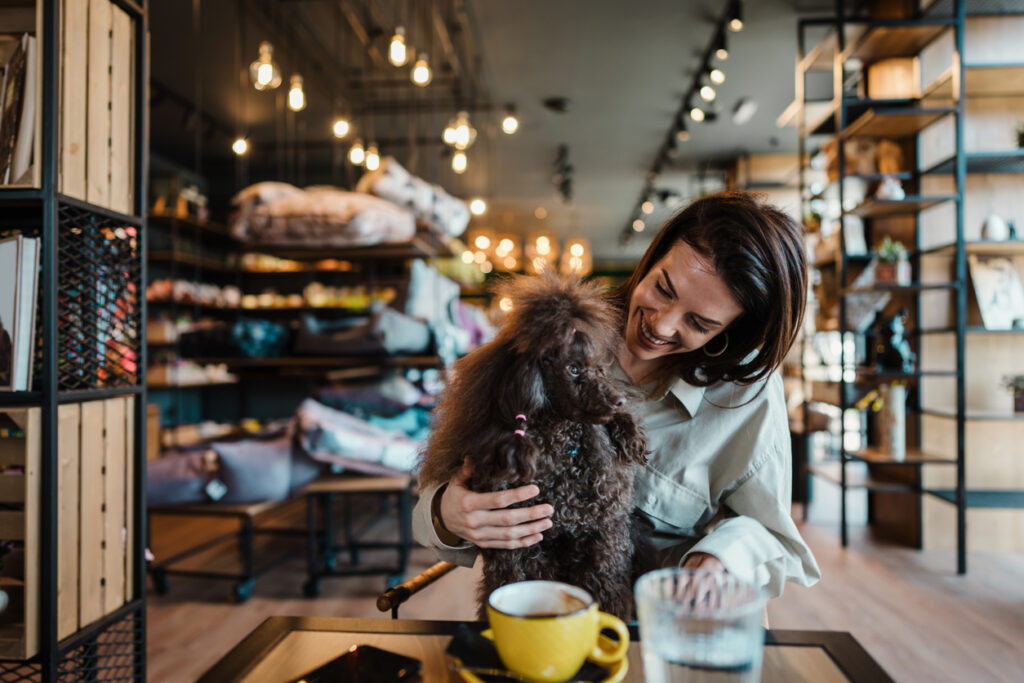
Reframe the familiar by picking a specific lens for exploration and building a mini-adventure around it. Dedicate an afternoon to finding the five best murals, or try four different independent coffee shops, or visit every park in a single neighbourhood. Build a route, walk the entire path, and take photos. This method forces you to observe your city in a fresh way, noticing architectural details or hidden spots you’ve always walked past. By assigning a fresh theme to familiar places, you inject novelty that mimics the joy and discovery of exploring a foreign land.
19. Focus on Presence, Not Productivity.
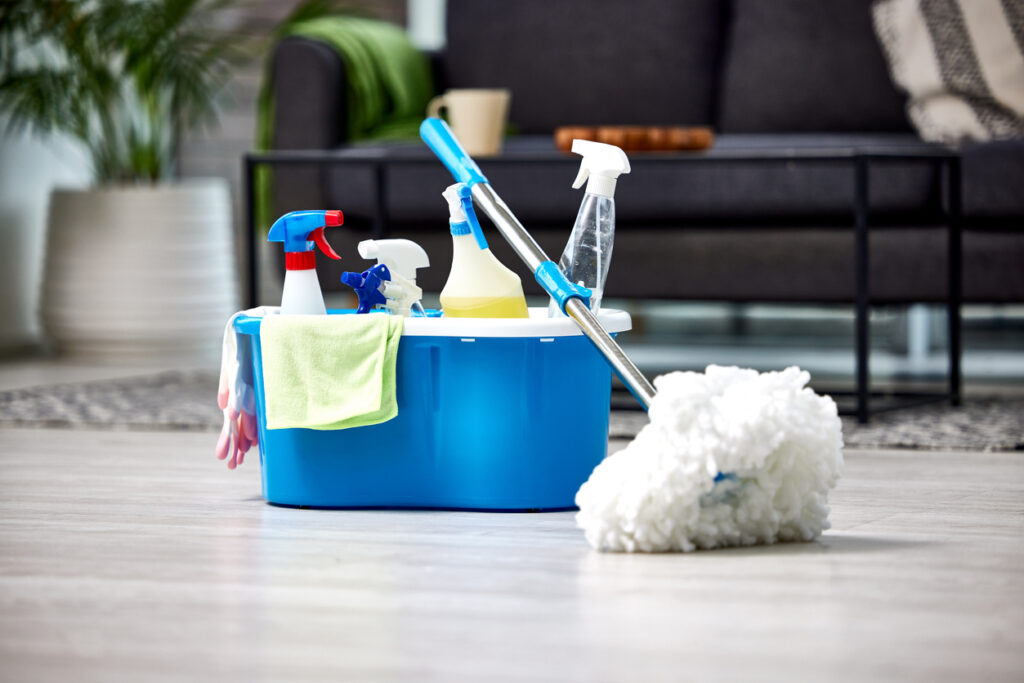
The most fundamental staycation hack is changing your core mindset: the goal isn’t to get things done, it’s to recharge. Resist the urge to tackle home projects, deep clean, or organize your entire closet. Instead, spend time in deep, sensory awareness of small pleasures: the texture of a soft blanket, the taste of a homemade meal, or the quiet sound of the wind outside. This practice of mindfulness and presence, fully occupying the moment rather than anticipating the next task, is the very essence of a true getaway and provides the deepest form of rest.
A staycation is not a substitute for travel; it’s an opportunity to practice genuine rest and intentional living right where you are. By adopting the boundaries and novelty of a vacation, you can create a profound, cost-effective break that resets your mind and extends your sense of well-being long after you “return home.”
Like this story? Add your thoughts in the comments, thank you.
This story 19 Staycation Ideas When You Don’t Have Time or Money for a Getaway was first published on Daily FETCH


